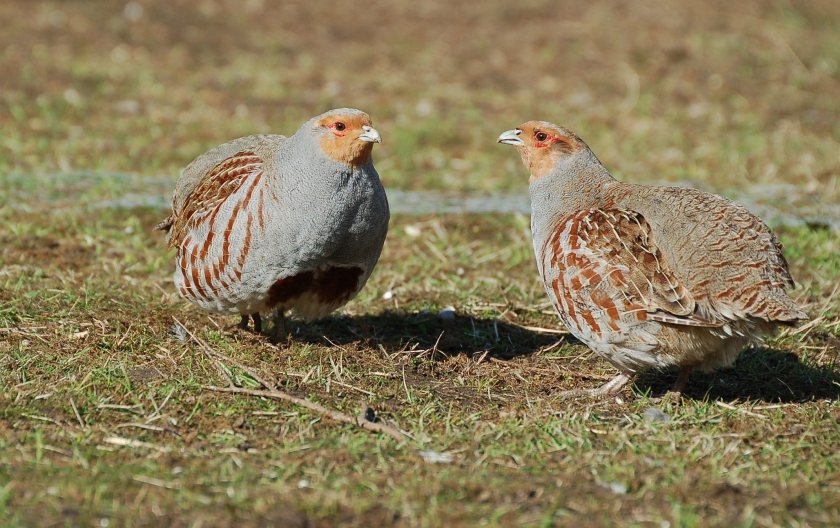
The success of two farmland projects run across England and neighbouring European countries have shown there are ways to boost biodiversity, a charity has said.
The two projects 'Beespoke' and 'Partridge' used the grey partridge and bees as their respective indicator species to show the impact of collaboration and innovation as tools to boost the environment.
The Game and Wildlife Conservation Trust (GWCT), which spearheaded the projects in England, the Netherlands, Flanders, and Lower Saxony, has presented their results at a conference in Brussels.
Under the Partridge project, ten 500-hectare demonstration sites have increased wildlife-friendly habitats by an average of 4.5% to an overall 11% since 2017, more than the average 4% on Europe’s farmland.
Seventy farmers, supported by 615 researchers and volunteers, undertook habitat management and wildlife monitoring to improve the landscape and boost biodiversity.
To get an accurate picture of their progress, participants undertook farmland bird monitoring by walking a combined 5,000km, the equivalent of walking from Brussels to Baghdad.
According to GWCT, their work has led to significantly higher diversity and abundance of farmland birds as well as flower-rich pollinator habitats, compared to what is typically found on conventional arable farmland.
Key to the project’s success was the creation of a specific Partridge seed mix, which contains almost 30 species of plants, 19 of which are native to Britain.
This supports considerably larger insect numbers than a standard wild bird seed mix and has now been adopted by more than 2,000 farmers after the project saw it introduced as an agri-environment scheme option.
The project concluded that if all arable farmland looked like their ten project sites, the farmland biodiversity crisis would not exist.
GWCT said it offers a "blueprint" for policymakers and practitioners to halt and reverse the decline of biodiversity on Britain’s and Europe’s farmland.
Dr Francis Buner, project lead for Partridge and a head scientist for the GWCT in the UK: “If we do what is right for the grey partridge, we do what is right for farmland biodiversity.”
The Beespoke project, which began in 2019, showcases a similar level of collaboration, with different seed mix prescriptions for different crops, including soft fruits, top fruit and grassland.
Professor John Holland, who led Beespoke in the UK, spoke about the predictive tools they have produced, demonstrating the added value flower strips can provide for farmers and how much habitat is needed to boost pollinators on a local level.
Different bees also have different needs, as beekeeper Lotta Fabricus was keen to highlight. Honeybees forage up to 3km, whereas solitary bees are only foraging over 100m.
Speakers at the Brussels conference were keen to showcase the work that farmers can achieve.
Laurent Govaert, a young farmer from Flanders who took part in both projects, said: “Farmers must be rewarded for their efforts and rules must be kept simple and clear, otherwise farmers won’t take part.
“We see the effect - a lot of insects, butterflies we’ve never seen before. The effect is real. If you can bring this to the people and the industries using our products, that’s good,” he said.
“What we have seen in Partirdge is that we need to increase the scale from the farm to the landscape level," added Andrea Kuiper of Birdlife Netherlands.
"It is essential that farmers are engaged and economically incentivised and are also able to see the impact of their hard work."
